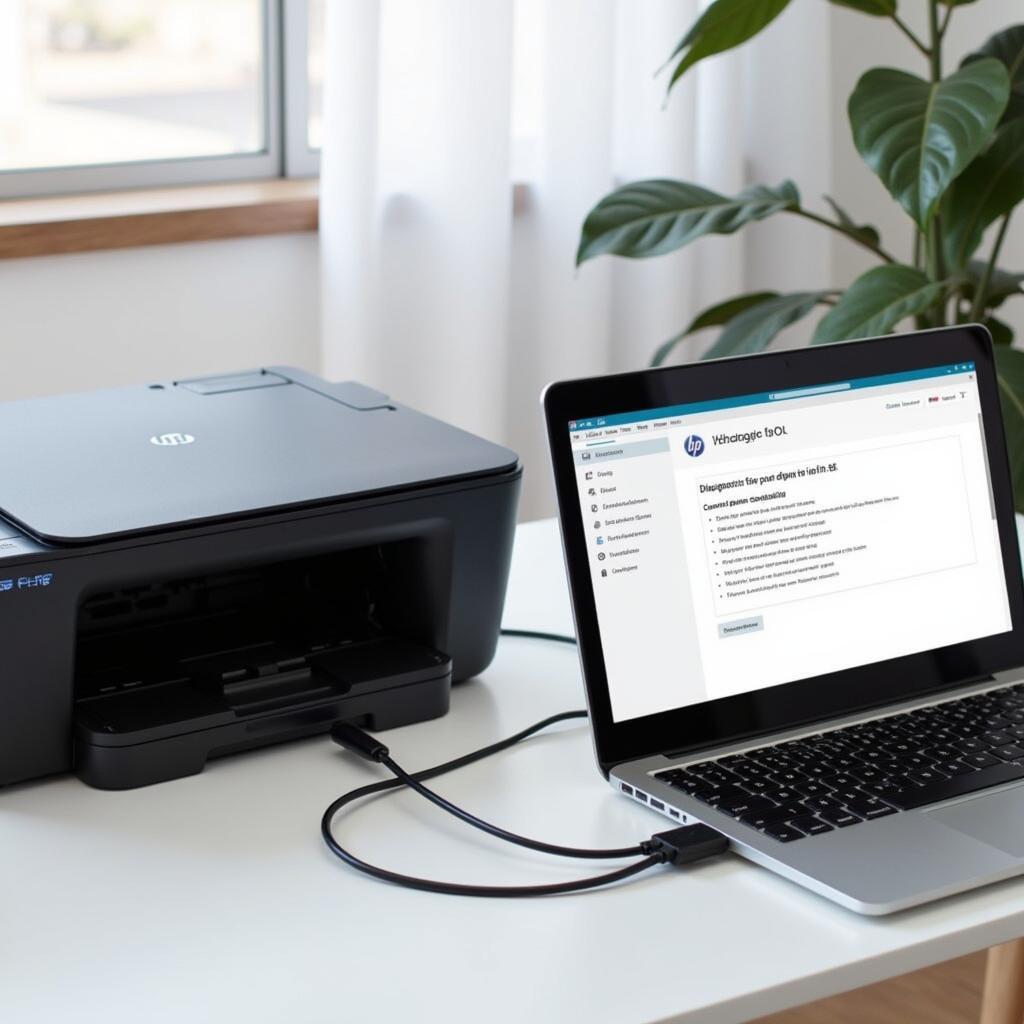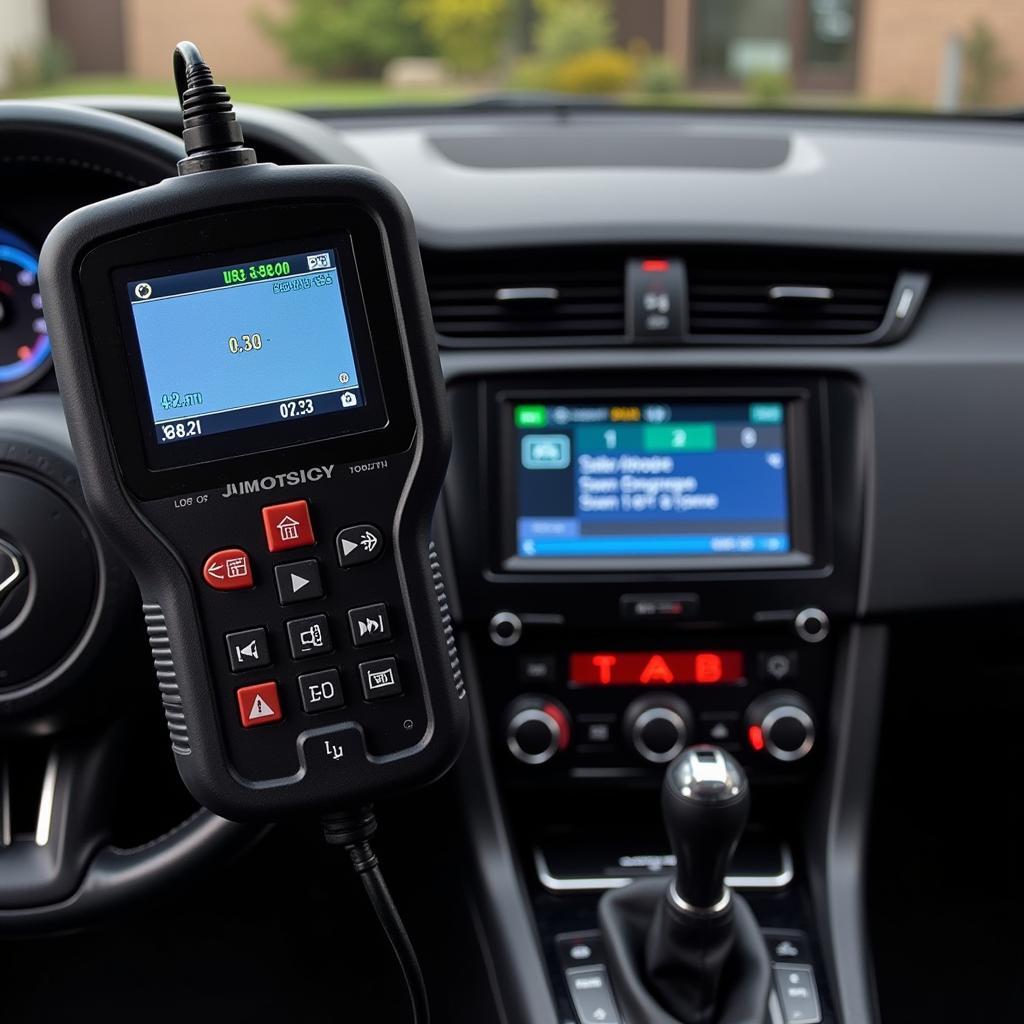Ultrasonics diagnostic tools have emerged as game-changers in the automotive industry, offering a non-invasive and highly accurate method for diagnosing a wide range of vehicle issues. These tools utilize high-frequency sound waves to penetrate materials and create detailed images of internal components, allowing technicians to pinpoint faults that would otherwise be difficult or impossible to detect.
Understanding Ultrasonics Diagnostics Tools
Ultrasonics Diagnostics Tools work on the principle of sound wave propagation and reflection. A transducer emits high-frequency sound waves that travel through the vehicle’s components. When these waves encounter a change in material density, such as a crack, void, or defect, they are reflected back to the transducer. The tool then measures the time taken for the waves to return and uses this information to create a visual representation of the internal structure of the component being inspected.
Advantages of Using Ultrasonics Diagnostics Tools
Ultrasonics diagnostics tools offer several advantages over traditional diagnostic methods:
- Non-invasive inspection: Ultrasonics testing is non-destructive, meaning it does not require any disassembly or alteration of vehicle components. This saves valuable time and reduces the risk of causing further damage.
- High accuracy and sensitivity: Ultrasonic waves can detect even the smallest flaws and imperfections, providing a highly accurate diagnosis of the problem.
- Versatility: These tools can be used to inspect a wide range of vehicle systems, including engines, transmissions, brakes, suspension, and cooling systems.
- Real-time results: Ultrasonics diagnostics tools provide instant feedback, allowing technicians to make quick and informed decisions about repairs.
Common Applications of Ultrasonics Diagnostics Tools
Here are some specific examples of how ultrasonics diagnostics tools are used in automotive repair:
-
Engine Diagnostics: Detecting cracks in engine blocks, cylinder heads, and pistons; identifying bearing wear and rod knock; inspecting timing chain tensioners.
-
Transmission Diagnostics: Identifying worn gears, bearings, and shafts; detecting leaks in transmission casings and torque converters.
-
Brake System Diagnostics: Measuring brake rotor thickness; inspecting brake lines for corrosion and leaks.
-
Suspension Diagnostics: Checking for cracks and damage in suspension components such as control arms, ball joints, and tie rods.
-
Cooling System Diagnostics: Identifying leaks in radiators, hoses, and water pumps.
Choosing the Right Ultrasonics Diagnostics Tool
When choosing an ultrasonics diagnostics tool, consider the following factors:
- Frequency range: Different frequencies are suitable for inspecting different materials and thicknesses.
- Display resolution: A high-resolution display provides clearer images for more accurate diagnoses.
- Data logging capabilities: The ability to store and transfer data can be helpful for documentation and analysis.
- Ease of use: User-friendly controls and intuitive software can make the inspection process more efficient.
Expert Insight
“Investing in a high-quality ultrasonics diagnostics tool is one of the best decisions an automotive repair shop can make,” says John Miller, a seasoned automotive engineer with over 20 years of experience. “These tools pay for themselves quickly through increased diagnostic accuracy, reduced repair times, and improved customer satisfaction.”
Conclusion
Ultrasonics diagnostics tools have revolutionized the way automotive technicians diagnose and repair vehicles. Their ability to provide non-invasive, accurate, and real-time results makes them indispensable tools for any modern automotive repair facility. By embracing this technology, technicians can enhance their diagnostic capabilities, improve repair efficiency, and deliver a superior customer experience.
For expert advice and assistance in choosing the right ultrasonics diagnostics tool for your needs, contact ScanToolUS at +1 (641) 206-8880 or visit our office at 1615 S Laramie Ave, Cicero, IL 60804, USA.
FAQs
1. What is the difference between ultrasonics testing and X-ray inspection?
Ultrasonics testing uses sound waves, while X-ray inspection uses electromagnetic radiation. Ultrasonics is generally preferred for automotive applications as it is safer, more versatile, and can detect a wider range of defects.
2. Can ultrasonics diagnostics tools be used on all vehicle makes and models?
Yes, ultrasonics diagnostics tools can be used on a wide range of vehicles, including cars, trucks, SUVs, and motorcycles. However, it is important to choose a tool with the appropriate frequency range and transducer for the specific application.
3. Is special training required to operate ultrasonics diagnostics tools?
While basic operation can be learned relatively easily, comprehensive training is recommended to maximize the effectiveness of the tool and ensure accurate interpretations of the results.
4. How often should ultrasonics diagnostics tools be calibrated?
Regular calibration is crucial for maintaining the accuracy of ultrasonics diagnostics tools. The frequency of calibration depends on usage and manufacturer recommendations.
5. What are some safety precautions to take when using ultrasonics diagnostics tools?
Always wear appropriate personal protective equipment, such as safety glasses and gloves, when operating ultrasonics diagnostics tools. Avoid contact with the transducer while it is energized, and never point the tool at yourself or others.



